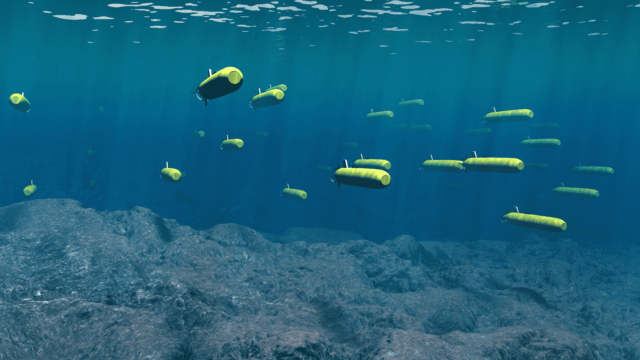Underwater Swarms: The Revolution in Autonomous Marine Exploration and Defense

About Course
Dive into the mesmerizing world of underwater swarm technology—where robotics, artificial intelligence, and marine science converge to reshape the depths of our oceans. This course takes you on an exciting journey beneath the waves to explore how swarms of intelligent, autonomous marine vehicles are revolutionizing ocean exploration and transforming modern maritime defense systems. From uncharted deep-sea frontiers to critical naval missions, underwater swarms represent a leap forward in how we interact with, understand, and protect our oceans.
You’ll uncover the groundbreaking technologies powering these robotic collectives—from decentralized AI systems and underwater communication protocols to navigation and energy innovations. Learn how swarms are mapping the seafloor, tracking submarines, and monitoring marine ecosystems with unparalleled precision and efficiency. Alongside technical insight, this course dives into the ethical and environmental considerations and future challenges of operating intelligent swarms in fragile aquatic environments. Whether you’re passionate about robotics, oceanography, or defense, this course will expand your understanding of one of the most exciting technological frontiers of the 21st century.
Course Content
Introduction
Introduce the concept of underwater swarms
00:00The convergence of AI, robotics, and swarm intelligence in marine operations
00:00The transformative impact of underwater swarms on marine exploration and defense
00:00